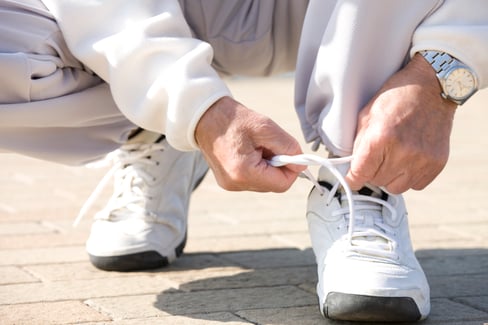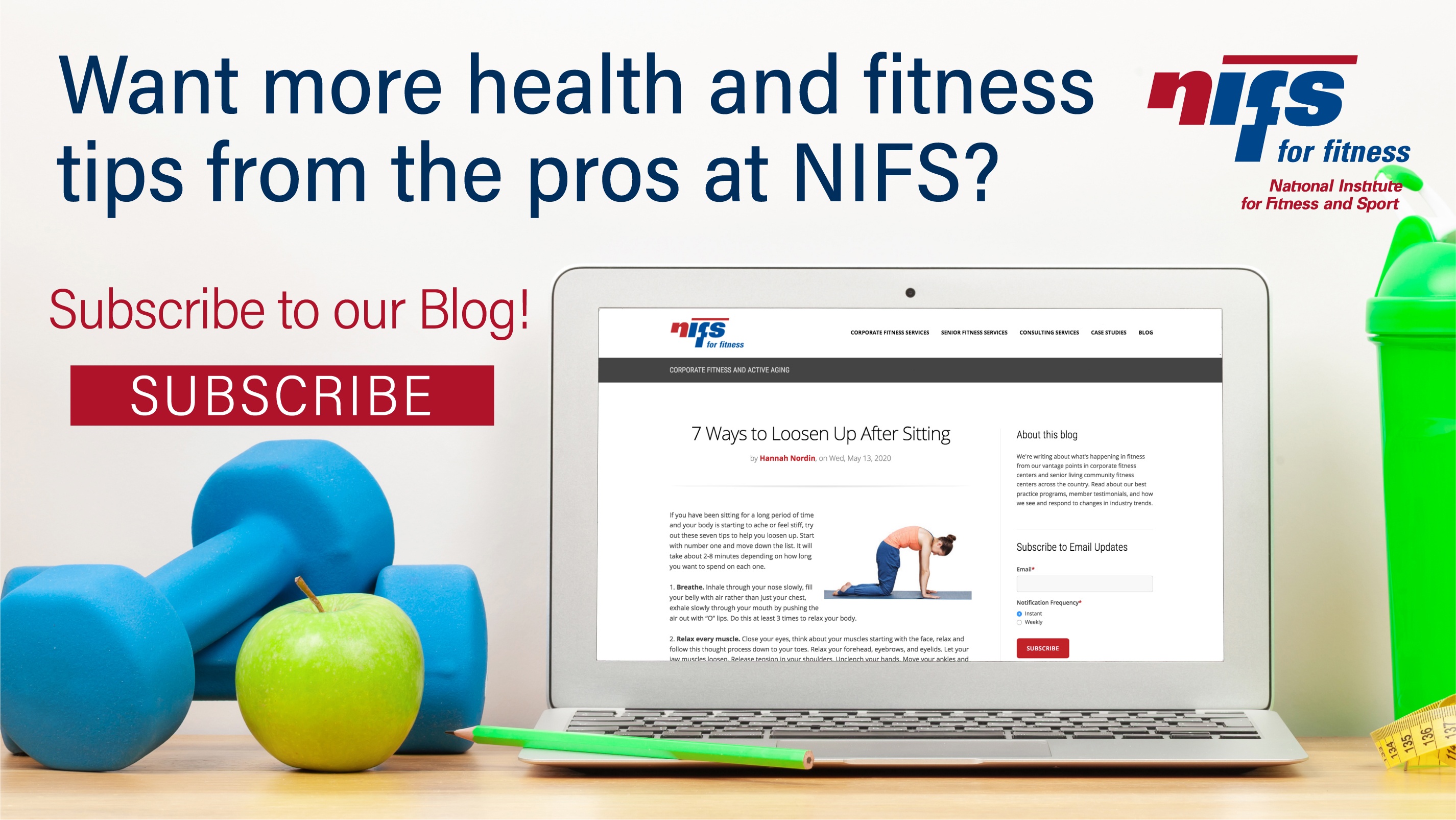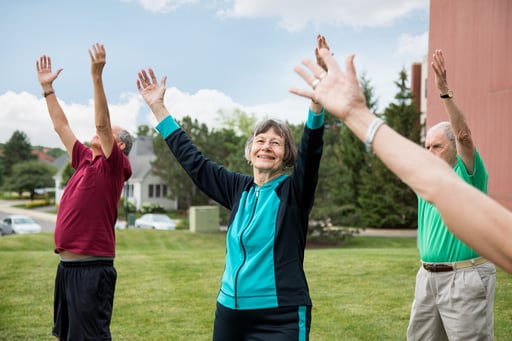Could your exercise clothes be increasing your fall risk? Wearing appropriate clothing is crucial when you are exercising. Injuries can occur because of improper equipment, which includes clothing and shoes.

Proper Footwear: Wearing a supportive pair of sneakers is crucial. You’ll want to choose closed-toed shoes that fit comfortably as well as support and protect your feet, preferably with a rubber bottom. Sandals are a no-no for both exercise classes and the Fitness Center. In addition to causing a slip or trip, they do not provide the secure foot bracing that is needed in classes like aerobics or balance. Open-toed shoes are unsafe and also dangerous in the gym, especially for use on treadmills, elliptical machines and bikes as they expose your feet to mechanical gears and moving parts. They also provide no protection if a weight were to fall on your foot. Ouch! For classes like yoga and Pilates where bare feet are the norm, special socks designed for these types of workouts have rubber grips on the bottom to increase your traction and reduce slips.
Comfortable Clothing: Comfort is key when choosing your clothing but wear items that are appropriate for your chosen activity. Different workouts call for different clothes, so think about the kind of exercises you’ll be doing. If you’re headed to a yoga class, grab some stretchable fabric pants, shorts, or yoga pants. For classes requiring standing or a lot of movement, choose clothing that is loose but slim-fitting to your body. Moving arms and feet can easily become entangled in baggy or flowing clothing such as draped shirts, wide-legged or palazzo pants.
Consider the Climate: In addition to the activity, also consider the climate. When available, choose lightweight breathable fabrics that wick sweat away from your body as opposed to pure cotton which only absorbs dampness and becomes heavy and bulky as it gets wetter. In addition to helping pull sweat away from your skin, fabrics made for performance wear can help cool your body down and sometimes even provide SPF protection from the sun.
Today, workout attire is relatively easy to find and doesn’t have to be expensive. Nearly every store, from Walmart to Nordstrom, carries their own line of fitness clothing. Previously only available in small, medium and large sizes, yoga pants, leggings, training pants and running shorts now come in all shapes and sizes, and the options are endless. Athleisure wear is on the rise so chances are you’ll be able to find clothing and shoes that are made for your exercise style and safe for the activities you like to participate in.



